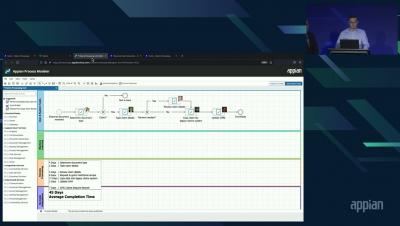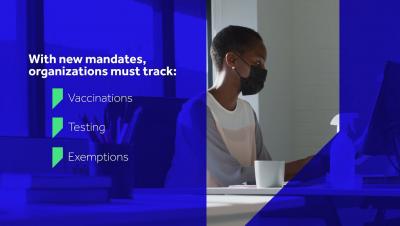Systems | Development | Analytics | API | Testing
Low Code
Sachcontrol: Making Insurance Claims Processing with AI a Realits
Monitoring Appian with Appian: Orchestrating the Security Toolbox
In our previous blog post covering our in-house Security Orchestration, Automation & Response (SOAR) application, we described the data model for the system and basic features allowing security analysts to review events and trends across Appian’s many security monitoring systems.
Top Supply Chain Innovation Focus Areas for 2022
In 2022, organizations across industries will be leaning in to improve agility and resilience across their supply chain ecosystems. With ongoing disruption caused by the pandemic, changing customer expectations, an evolving technology landscape, and the demand for more sustainable practices, supply chain managers need efficient and transparent processes more than ever before. Organizations must concentrate on key aspects of transformation that will provide the greatest impact.
5 Technology Trends Insurance Companies Should Watch for in 2022
2021 was a busy year for insurers. Beyond supporting customers through an ongoing global health crisis, they’ve also faced increased competition from a growing number of insurtechs and pressure from customers to deliver a seamless, digital-first experience—all in addition to ensuring the overall customer experience is positive. All of these changes in the industry call for insurers to be more agile and open to change and innovation. 2022 is sure to continue to disrupt the status quo.
Low-Code and Agile 2: A Winning Combination
For something as complex as software development, there can be no “right” way of doing things all the time. Each project has its own set of variables, challenges, and idiosyncrasies. And every developer has a preferred way of working, which makes it difficult to set any hard and fast rules. But this doesn’t mean you should dive into your development projects head first, without guidelines or a methodology—albeit a flexible one—to inform the way forward.
Government Clause Automation Solution
Financial Services and Digital Transformation: A Conversation with Chris Skinner
The core theme at Sibos 2021 was digital transformation, its impact on the finance industry, and how financial institutions can drive this transformation. Digital transformation is wide-reaching and can mean different things for different industries. For financial services organizations, it’s about bringing technology up to par to meet client needs, adhere to regulatory requirements, and mitigate risk.
Appian Workforce Safety Vaccination, Testing and Exemption Tracking
4 Government Technology Trends to Watch For in 2022
As a new calendar year approaches, public sector CIOs and IT leaders are preparing for another year of change in their technology stack and its role in accomplishing their mission. The last two years have brought immense change and shifting imperatives to the public sector. Perhaps one of the most impactful is the drastic acceleration of digitization initiatives.






